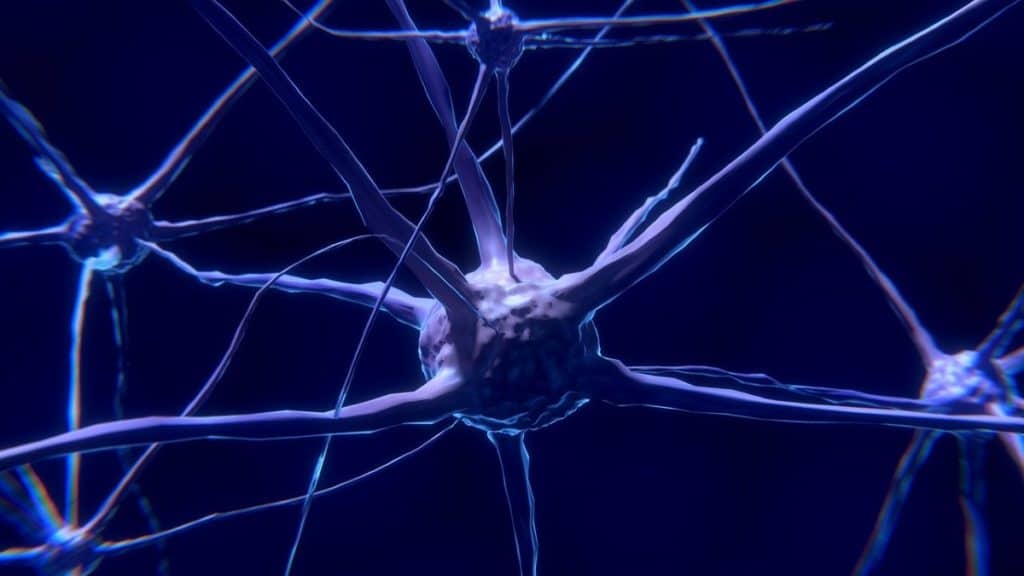Deep Learning Methods: Architectures and Applications
Neural networks have evolved from biological brain-inspired models into powerful tools for complex pattern recognition. With advancements in computational power since the early 2000s, deep learning has become essential across scientific and engineering domains due to its accuracy and adaptability. Below we explore fundamental architectures and their real-world implementations.
Convolutional Neural Networks (CNNs)
This dominant architecture excels at processing grid-structured data through convolutional layers. While originally developed for image recognition, CNNs now enable:
- Medical image analysis (tumor detection in mammograms)
- Autonomous vehicle object detection
- Video content moderation systems
- Facial recognition technology
Modern variants like ResNet and VGGNet achieve human-level accuracy in classification tasks. Beyond vision systems, CNNs show promise in energy consumption forecasting and materials science simulations.
Recurrent Neural Networks (RNNs)
Designed for sequential data processing, RNNs maintain internal memory states through cyclic connections. Key implementations include:
- Natural language translation systems
- Stock market trend prediction
- Handwriting recognition software
- Real-time speech-to-text conversion
Their ability to handle time-series data makes them invaluable for hydrological forecasting and economic modeling.
Denoising Autoencoders (DAE)
This unsupervised learning architecture reconstructs clean data from corrupted inputs through encoding/decoding layers. Practical uses span:
- Financial fraud detection systems
- Medical image noise reduction
- Anomaly detection in industrial sensors
- Voice authentication security
Stacked variants (SDAE) enable robust feature extraction for high-dimensional data in cybersecurity applications.
Deep Belief Networks (DBNs)
Using stacked Restricted Boltzmann Machines, DBNs effectively model complex data distributions. Notable deployments include:
- Cancer diagnosis through genomic analysis
- Emotion recognition in human-computer interaction
- Renewable energy output forecasting
- 3D protein structure prediction
Their hybrid directed/undirected connections enable efficient pretraining for multilayer networks.
Long Short-Term Memory Networks (LSTMs)
This RNN variant addresses vanishing gradients through gated cell states. Critical applications feature:
- Air quality prediction models
- Real-time translation devices
- Predictive maintenance in manufacturing
- Seismic event early warning systems
Input/output/forget gates allow nuanced temporal pattern recognition in environmental monitoring systems.
Key Takeaways
- CNNs dominate visual processing tasks but adapt well to non-image data structures
- RNN architectures excel at temporal data analysis across finance and linguistics
- Unsupervised methods like DAEs enable robust feature extraction from noisy datasets
- LSTM networks solve long-term dependency issues in time-series forecasting
- Hybrid models increasingly combine multiple architectures for complex problem-solving
These architectures continue evolving through experimental improvements rather than theoretical frameworks. As computational resources grow, deeper integrations with IoT systems and quantum computing promise unprecedented applications.

